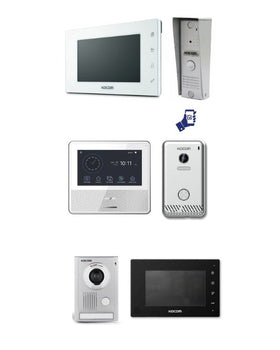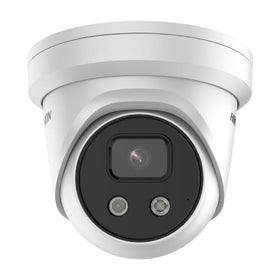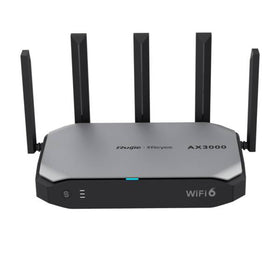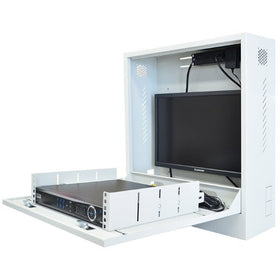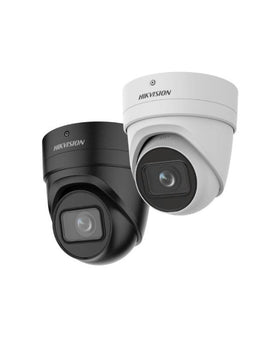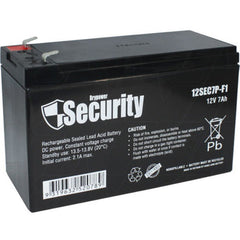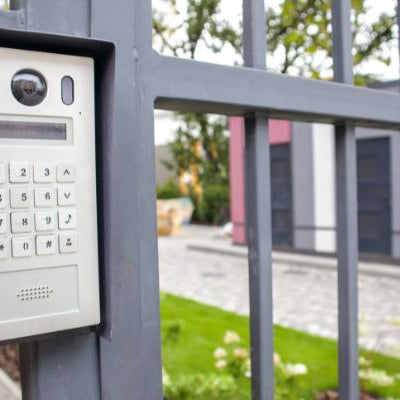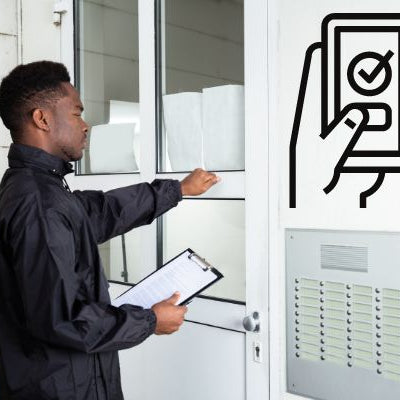

Designing a Magnetic Latch System
Designing a standalone magnetic latch system involves several considerations. Here's a general guideline to help you get started:
-
Define Requirements: Determine the specific requirements for your magnetic latch system. Consider factors such as holding force, size, power consumption, and operating environment.
-
Select a Magnet: Choose an appropriate magnet based on your requirements. Neodymium magnets are commonly used for their strong magnetic properties. Consider the magnet's shape, size, and material composition.
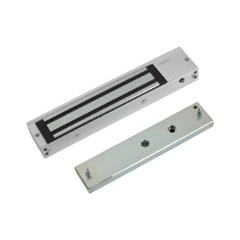
-
Design the Latch: Design a latch mechanism that will interact with the magnet. The latch should securely hold the magnet in place when engaged and release it when the latch is disengaged. The latch can be as simple as a metal plate or more complex, depending on your needs.
-
Housing and Mounting: Design a housing to enclose the magnet and latch mechanism. Consider the size and shape of the housing based on your application requirements. Determine the mounting method, whether it's through screws, adhesive, or other means.
-
Control Mechanism: Determine how the magnetic latch will be controlled. It could be manual, where a user physically engages or disengages the latch, or automated using a control circuit. If you choose automation, you may need to incorporate sensors, switches, or an electronic control system.
-
Power Supply: Consider the power source for the magnetic latch system. It can be battery-powered or connected to a power outlet. If using batteries, ensure they provide sufficient power for the desired holding force and operating duration.

-
Safety Considerations: Ensure the design adheres to safety standards and is suitable for the intended application. Consider factors such as backup power supply, electromagnetic compatibility, temperature limitations, and any relevant certifications.
-
Automate the magnetic latch system. You can connect timer module to the latch control circuitry to control the timing of latch engagement and disengagement. The module can provide timer functionality based on its specifications, allowing you to customize the latch operation based on specific time intervals or triggers.
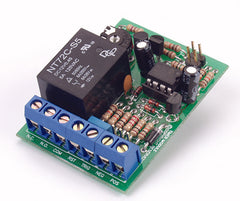
Ensure that you follow the datasheets and technical documentation for each component to properly wire and configure them within your magnetic latch system. Consider any additional supporting components such as resistors, diodes, or relays based on the requirements of your specific design.
Remember, designing a magnetic latch system can be complex, and the specific details will vary depending on your application. It may be helpful to consult with an security specialist in magnetic systems to ensure a successful design.

- FSHFEM4300 - Magnetic Lock
- SMART7040G( 2 Qtys) - Press to Exit Button
- PBXPBB2S-13-3.5 - Power Supply
- PBXWMBB-C-S-D - Power Supply Enclosure
- BAT2000 - Back up battery 12VDC /7Ah
- RRC2300 - Universal/General Purpose Timer Module, 12-24VDC

